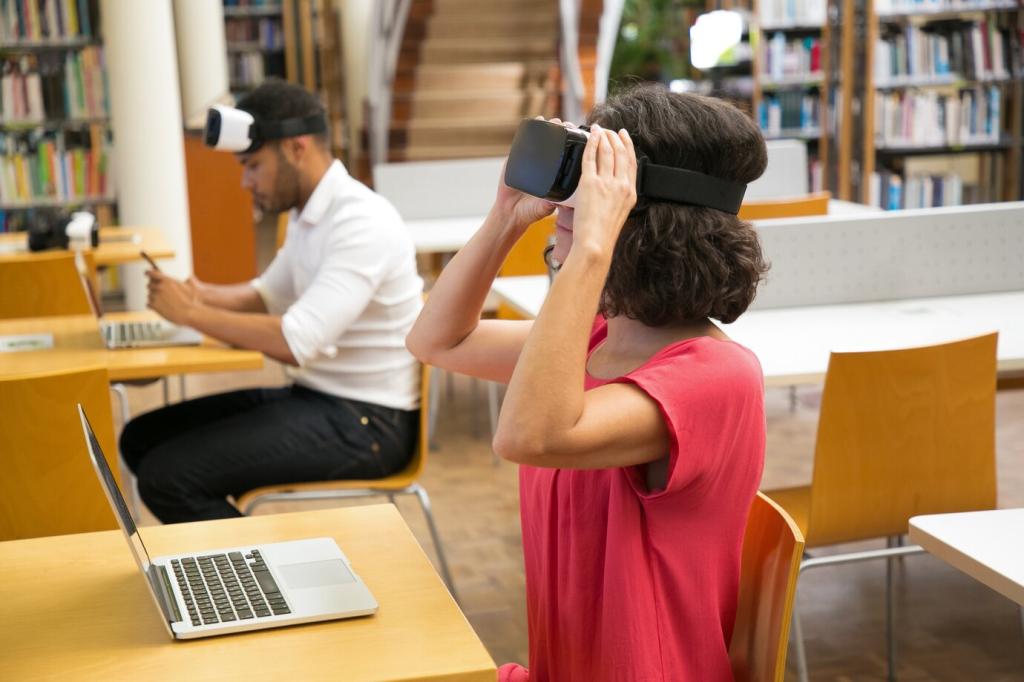Why Virtual Reality Belongs in the Classroom Today
Immersive scenes provide context, scale, and emotion, creating rich episodic memories that students recall more easily than textbook snapshots. When a learner explores a cell or orbit in three dimensions, the spatial relationships and cause‑and‑effect cues become anchors for long‑term understanding.
Why Virtual Reality Belongs in the Classroom Today
Agency drives motivation. In VR, students choose paths, test hypotheses, and see consequences instantly, transforming passive consumption into active inquiry. Role-play debates, virtual lab experiments, and creative world-building invite voice, choice, and authentic reflection that carries beyond the headset.



